Location of World Heritage Sites within Bulgaria
Tourism in Bulgaria is a significant contributor to the country's economy. Situated at the crossroads of the East and West, Bulgaria has been home to many civilizations - Thracians, Greeks, Romans, Byzantines, Slavs, Bulgars, and Ottomans. The country is rich in tourist sights and historical artifacts, scattered through a relatively small and easily accessible territory. Bulgaria is internationally known for its seaside and winter resorts.
In 2015 Bulgaria was visited by approximately 10 million people from abroad. Tourists from four countries - Greece, Romania, Turkey, and Russia - account for nearly 50% of all visitors.[1] The sector contributed to 15% of GDP and supported 150 000 workplaces in 2014.[2][3]
Tourist attractions
UNESCO World Heritage Sites and Intangible Cultural Heritage List
There are nine UNESCO World Heritage Sites in Bulgaria. The first four properties were inscribed in the World Heritage List in 1979, and the last in 1985. Bulgaria currently has fourteen additional properties on the Tentative List.[4] Nestinarstvo, a ritual fire-dance of Thracian origin,[5] is included in the list of UNESCO Intangible Cultural Heritage.
Ethnic, cultural and historical tourism
The Bulgarian cultural heritage has many faces and manifestations - archaeological reserves and monuments, museums, galleries, rich cultural calendar, preserved folklore and magnificent architectural monuments.
Historical monuments and sites
Museums
Thracian treasures
| Ravnogor Thracian Treasure |
| A thracian golden necklace found in Arabadjiiska Mogila |
| Mogilanska Mogila funeral offerings |
|
Rural tourism
The Bulgarian town house is an embodiment of the owner's social status, craft and traditions. Many old buildings that demonstrate this type of architecture—e.g. in the villages of Arbanasi, Leshten, Kovachevitsa, Melnik—have been preserved to the present day.
City tourism
Monasteries
Festivals and events
Resorts and nature tourism
Seaside resorts
The Bulgarian Black Sea Coast is picturesque and diverse. White and golden sandy beaches occupy approximately 130 km of the 378 km long coast. The temperatures during the summer months are very suitable for marine tourism and the water temperature allows sea bathing from May to October. Prior to 1989 the Bulgarian Black Sea coast was internationally known as the Red Riviera. Since the fall of the Iron Curtain, however, its nickname has been changed to the Bulgarian Riviera.
Hiking and skiing
The country has several ski areas which offer excellent conditions for skiing, snowboarding, ski running and other winter sports.
National and natural parks
| Sinite Kamani Nature Park |
| Shumensko Plato Nature Park |
|
Caves and waterfalls
Top 15 sources of international visitors to Bulgaria
Most visitors arriving in Bulgaria on short-term basis as of 2015 came from the following countries of nationality:[6]
|
| Rank |
Country |
Number |
| 1 |  Romania Romania | 1,499,854 |
| 2 |  Turkey Turkey | 1,237,841 |
| 3 |  Greece Greece | 1,024,527 |
| 4 |  Germany Germany | 826,142 |
| 5 |  Macedonia Macedonia | 506,052 |
| 6 |  Serbia Serbia | 501,091 |
| 7 |  Russia Russia | 493,989 |
| 8 |  Ukraine Ukraine | 310,777 |
| 9 |  Poland Poland | 285,455 |
| 10 |  United Kingdom United Kingdom | 250,038 |
| 11 |  Austria Austria | 175,024 |
| 12 |  France France | 171,305 |
| 13 | 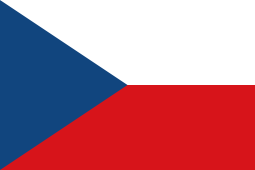 Czech Republic Czech Republic | 160,978 |
| 14 |  Israel Israel | 155,276 |
| 15 |  Italy Italy | 143,446 |
External links
 |
Wikivoyage has a travel guide for Bulgaria. |
References
- ↑ Bulgarian Tourism in Facts and Figures (January–December 2014) National Statistical Institute
- ↑ 2013 GDP - National Statistical Institute
- ↑ Statistical references 2013 - National Statistical Institute
- ↑ "UNESCO World Heritage Centre - Tentative List: Bulgaria". UNESCO World Heritage Centre. Retrieved 2009-03-27.
- ↑ MacDermott, Mercia (1998). Bulgarian Folk Customs. Jessica Kingsley Publishers. p. 226. ISBN 1-85302-485-6. Retrieved 20 December 2011.
While dancing round fires and jumping over fires forms part of many Slav customs, dancing on fire does not, and it is therefore likely that nestinarstvo was inherited by the Bulgarians from the Hellenized Thracians who inhabited the land before them.
- ↑ Arrivals of visitors from abroad to Bulgaria by months and by country of origin
|
|---|
|
| History | | |
|---|
|
| Geography | |
|---|
|
| Politics | |
|---|
|
| Economy | |
|---|
|
| Society | |
|---|
|
|
Tourism in Europe |
|---|
|
| Sovereign states | |
|---|
|
States with limited
recognition | |
|---|
|
Dependencies and
other territories | |
|---|

 Media related to Tourism in Bulgaria at Wikimedia Commons
Media related to Tourism in Bulgaria at Wikimedia Commons




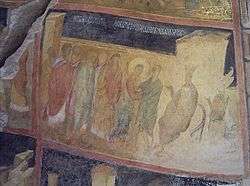












.jpg)










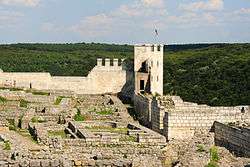


.jpg)










.jpg)







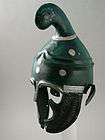
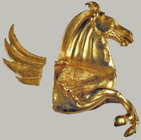



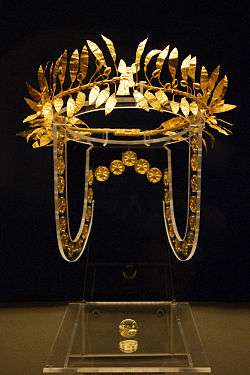











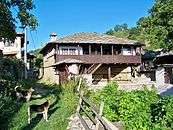





















.jpg)




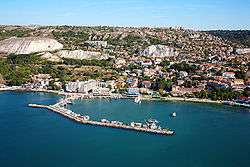



























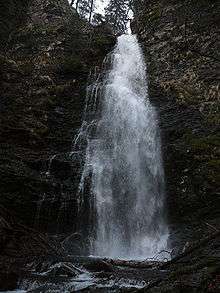










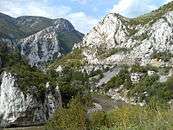



.svg.png)